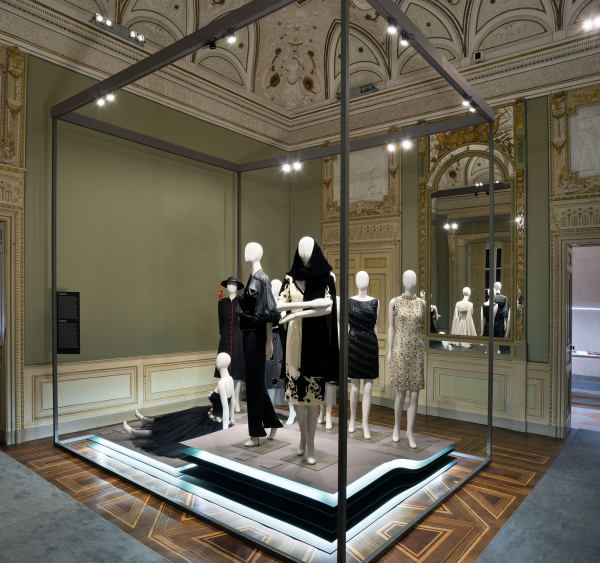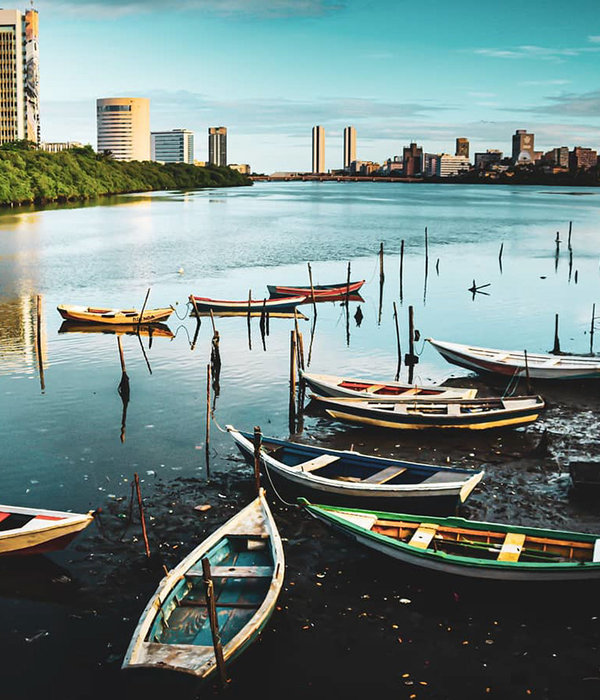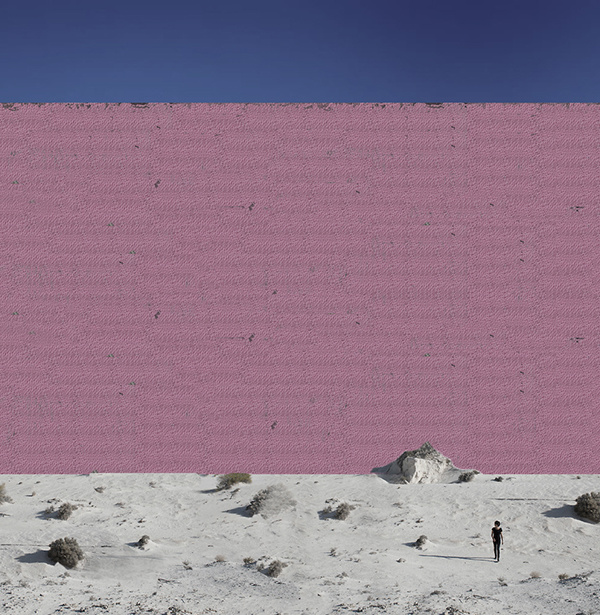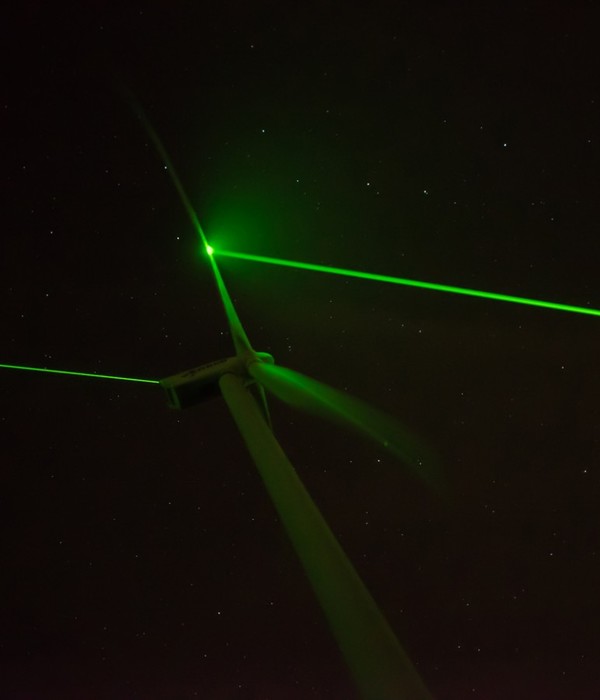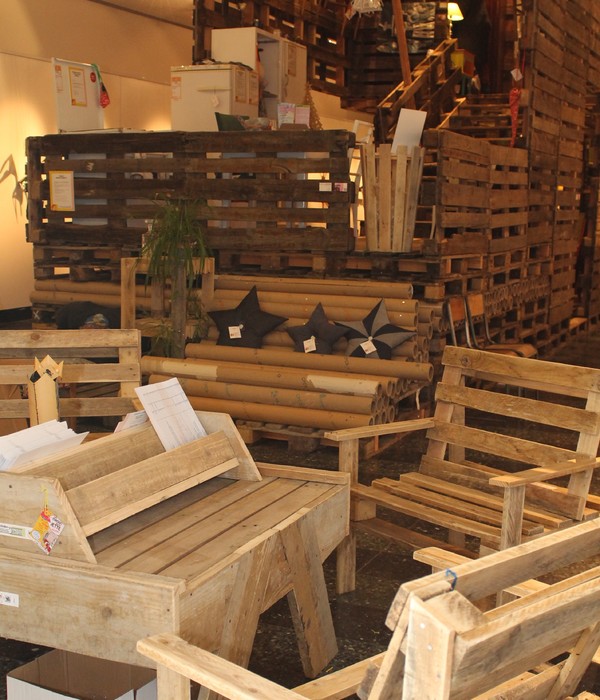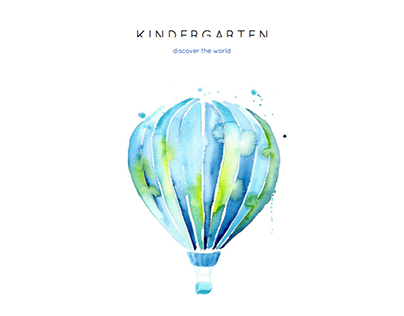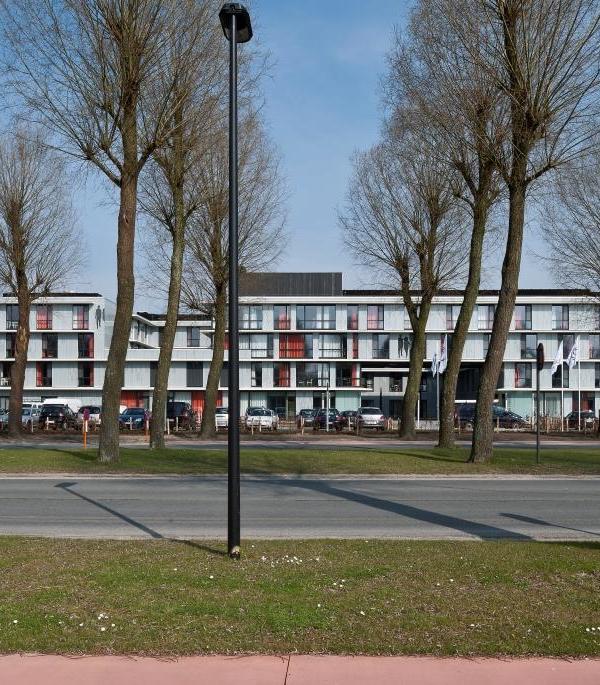冈村康雄(Yasuko Okamura)
架构师提供的文本描述。近藤博物馆,位于京都的Kiyomizu-dera寺正门附近,由Chawan-Zaka进场。据信,京都古城由四个不同地区的四种神话生物守卫。寺庙周围的地区被称为平山区。京都这个东部地区长期以来一直被认为是圣洁的净水之地,在西玉统治下,这是一条蔚蓝的龙,也是这座城市东部的守护者。在这个神圣的地区,一种传统的当地工艺,称为Kiyomizu陶瓷,自江户时期以来一直在不断发展。这座博物馆最初是为了纪念著名的Kiyomizu陶瓷大师近藤裕藏而建立的。我们的项目是整修这个纪念馆。
Text description provided by the architects. KONDO MUSEUM, situated near the main gate of Kyoto’s Kiyomizu-dera Temple, by the Chawan-zaka approach to the temple. It is believed that the ancient city of Kyoto is guarded by four mythological creatures in four separate quarters. The area surrounding the temple is called Higashiyama district. This eastern region of Kyoto has long been known as a holy place of pristine water under the reign of Seiryu, the azure dragon and guardian of the city’s east. In this sacred area, a traditional local craft, known as Kiyomizu ceramics has continued to evolve since the Edo period. This museum was originally established in commemoration of Yuzo Kondo, the renowned master of Kiyomizu ceramics. Our project was to refurbish this memorial museum.
Floor Plan
纪念馆被重新命名为近藤博物馆,展出了由近藤裕佐制作的几件主要陶瓷作品,生活在蓝色和白色陶瓷领域的国家珍宝。除了Yuzo的作品,近藤博物馆还展出了他的三个后裔的作品:他的长子Kondo,他的第二个儿子Kondo和他的孙子Kondo,他的作品也受到了国际社会的好评。
The memorial museum was reborn as KONDO MUSEUM, featuring several major ceramic works crafted by Yuzo Kondo, Living National Treasure in the field of blue and white ceramics. Aside from Yuzo’s works, KONDO MUSEUM features the work of three of his descendants: his eldest son Yutaka Kondo, his second son Jun Kondo, and his grandson Takahiro Kondo, who also receives international acclaim for his artwork.
这座博物馆由以下四个部分组成:·玉佐杰作的入口处,装饰着一幅日本杏画的大瓷盘。虽然这件作品以前很少在公众面前展出,但现在任何人都可以边看边欣赏这件艺术品。·展区的特色是近藤家族的四位成员:Yuzo、Yutaka、Jun和Takahiro的作品。由佐的蓝白陶瓷的活泼风格,即近藤松介,成为家族创作的标准,并由后人继承和进一步提炼。
This museum comprises four sections as follows: • The entrance window in which Yuzo’s masterpiece, the grand ceramic plate decorated with a drawing of a Japanese apricot is displayed. Although this piece was previously rarely on display to the public, now anyone can appreciate this work of art while passing. • The exhibition area features work by each of Kondo family’s four members: Yuzo, Yutaka, Jun, and Takahiro. The lively style of Yuzo’s blue and white ceramics known as Kondo Sometsuke became the family’s creative standard, which has been carried on and further refined by his descendants.
·尤佐的最初厂房建于1924年,其中保存着他宝贵的材料。他为娱乐而制作的各种清酒杯也展出了。·新建区,设有博物馆酒吧,Ryusui。其次,在展区,琉球提供了清酒的选择,因为Kiyomizu被称为纯净水的地方。通过提供清酒品尝体验,琉球给所有游客带来了一个深刻的机会,通过艺术欣赏和清酒品味,来感受和了解更多的Kiyomizu历史。
• Yuzo’s original workshop built in 1924, in which his valued materials are preserved. A variety of sake cups that he crafted for pleasure are also exhibited. • The newly built area, hosting the museum bar, Ryusui. Next, to the exhibition area, Ryusui offers a selection of sake, as Kiyomizu is known as the place of pristine water. By providing a sake-tasting experience, Ryusui brings all visitors a profound opportunity to feel and learn more about the history of Kiyomizu through both art appreciation and sake savoring.
博物馆的内部气氛是用深灰色和暗光的各种颜色产生的。在墙壁、天花板和地板上,每一种材料,如竹子、石头、传统日本纸和灰泥的感觉都得到了有效的强调。除了展示每一件作品外,我们的目标是在当地历史和文化的背景下,创造一个空间来体验这些艺术作品。
The interior atmosphere of the museum is produced using various tints of dark gray and dim lighting. On the walls, ceiling, and floor, the feel of each material, such as bamboo, stone, traditional Japanese paper, and plaster is effectively accentuated. In addition to displaying each work, we aimed to create a space to experience these art pieces in the context of local history and culture.
博物馆的主要特征是宽超过7米的平面艺术品,由近藤隆弘利用他的签名技术-银雾釉上-创作。这件引人注目的艺术作品在这个灯光昏暗的地方脱颖而出,产生了水的感觉和光泽,它与Kiyomizu有着强烈的文化联系。在陶瓷的世界里,能表达水的特性的能力使这成为一次非凡的博物馆体验。我们希望,这个博物馆将成为一个新的吸引力,在繁忙的查万-扎卡方式,以及一个里程碑的陶瓷文化。
The main feature of the museum is the flat artwork with a width of over seven meters, created by Takahiro Kondo using his signature technique, silver mist over-glaze. This striking art piece stands out in this dimly lit place, producing the feel and shimmer of water, with its strong cultural ties to Kiyomizu. The ability to express the characteristics of water in this world of ceramics makes this an extraordinary museum experience. We hope that this museum will become a new attraction among the bustle of the Chawan-zaka approach as well as a landmark in the culture of ceramics.
Architects Mamiya Shinichi Design Studio
Location Kyoto, Kyoto Prefecture, Japan
Architecture Shinichi Mamiya + Fukushima Takuya / Mamiya Shinichi Design Studio
Area 89.35 m2
Project Year 2017
Photographs Yasuko Okamura, Hiroshi Tanigawa
Category Museum
{{item.text_origin}}

